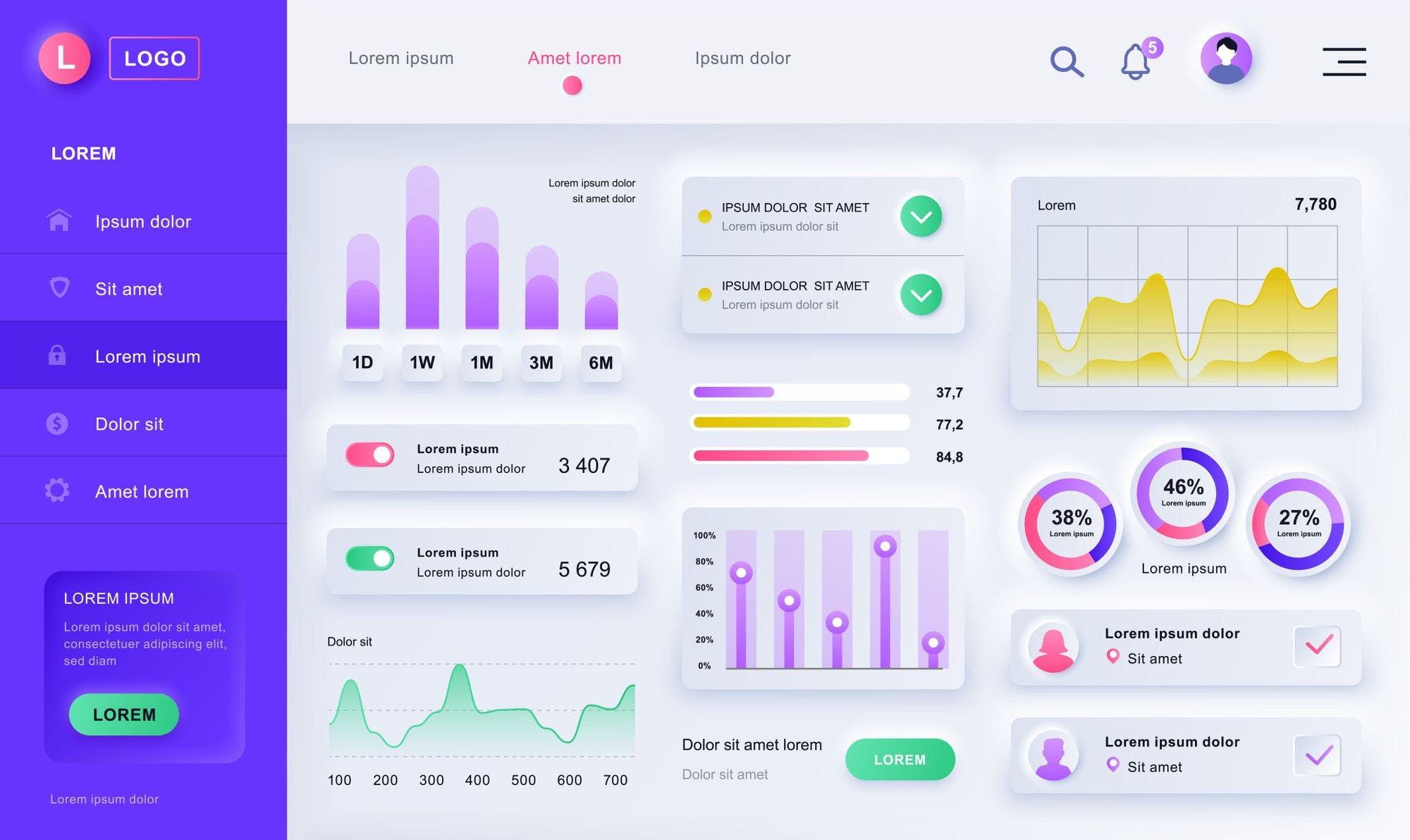In 2013, I co-founded Heap, a product analytics company that I helped grow to over 200 people and $X0,000,000 in ARR before I left in 2020. In 2021, I co-founded Airplane, a developer platform for quickly creating internal tools. Here's what I've observed as being different in SaaS startups this time vs last time.
1) [fill in the blank] is bigger than ever
Public SaaS Companies are bigger: When we started Heap, the only 3 standalone SaaS companies valued at more than $10B were Salesforce, ServiceNow, and Workday. The latter two were only barely worth more than $10B as well. As of Sept 2021, there are 47 public companies with valuations above $10B, 6 of which are worth more than $100B, and plenty of private companies as well.
Seed rounds are bigger: At Heap, we raised $2M on a $12M cap after having a working product and some early traction. Today, it's not uncommon to see a pre-product company raise $5M on $25M or even higher. However I think there's still a ways to go–SaaS outcomes have grown in size more than 10x in the last 8 years, but seed valuations haven't climbed 10x.
Growth rates are faster: Hopin grew from founding to $70M+ in ARR in 2 years, and they're not even that much of an outlier compared to other best-in-class companies these days. This was absolutely unheard of 8 years ago.
2) There are way, way more SaaS companies and getting initial traction is harder
When we launched Heap in 2013, we posted a link on Hacker News and got over 3,000 people requesting access in one day. All we had was a 1 minute demo video and a very mediocre landing page that we made ourselves (non-designers). There wasn't even a self-serve product for people to try yet, just a "request access" email capture form. After that, a Techcrunch post about our $2M seed round resulted in another 500+ signups.
In 2021, there's a dozen really cool SaaS launches on HN or Product Hunt every day. A compelling value prop and demo video is no longer a guarantee that people will just check out your product. Early adopters still exist as a persona, but they're just inundated with way more things to try. Also, no one cares about your funding announcement–there are $100M rounds being announced every day.
At Heap, those few launches were pretty much our only our marketing efforts for the first year and they were more than sufficient. At Airplane, we're taking a much more deliberate approach towards building a sustainable distribution engine early on.
3) Product MVPs have a much higher degree of polish and companies wait much longer to launch
This may be a consequence of everything else. More money means larger initial teams; more SaaS products means a higher bar of quality to break through the noise. But in 2013, we launched Heap after a couple months hacking away at an MVP that barely worked.
These days, companies like Digits are raising multiple rounds of funding and bringing on dozens of early design partners before having a public product. At Airplane, we landed somewhere in the middle–we launched 7 months into the life of the company with a fairly polished but narrowly-scoped MVP.
Honestly, I'm not sure if this shift is good or bad for companies. No matter how well-validated your idea is, there's no substitute for the learning that happens from getting your product into peoples' hands. Building a quick MVP is the fastest way to do that. There's also a lot of merit in launching early rather than solely working with private design partners–the people who discover your product and self-select into wanting to try it often are a different set of people than who you initially thought you were building for. At Heap, we initially thought of the product as a developer tool, when it actually ended up resonating much more strongly with product managers. It was good we launched early and got that market feedback sooner rather than later.
4) SaaS is much better understood as a model
In 2013, companies like Dropbox and Github were being run much more like a consumer tech company (e.g. Facebook) than a SaaS company. Many investors also hadn't fully baked in the value of net revenue retention. Companies with high churn but high growth were getting strong funding rounds. There were also a lot fewer veteran SaaS executives–it was much more common then to hire a VP Marketing or VP Engineering with a B2C background.
Today, SaaS feels much more like a mature industry and there are way more veteran SaaS investors, execs, and advisors. The probability that a $5M ARR company will make it to $500M ARR is still low, and the journey is hard, but it feels much more predictable than it's ever been before.
5) SaaS is much better understood by customers
In 2013, most startups were familiar and comfortable with buying SaaS. But more traditional companies were less used to it. I had a conversation with a traditional retailer who was afraid of using Heap for analytics because we used AWS for hosting, which is owned by Amazon, their biggest competitor. I had another long back-and-forth with a company's procurement team where we struggled to explain that our software did not need to be "installed" and we weren't going to be sending them CDs to do so.
These questions and concerns are mostly gone now. Security questionnaires and vendor reviews can still be time consuming, but the questions are almost always sensible and demonstrate a strong understanding of how SaaS works and what the actual risks are.
6) Conventional wisdom was that you have to sell to large enterprises to succeed
Salesforce sold to all segments but most of their revenue came from enterprise; ServiceNow and Workday were pure enterprise. Many VCs (though not all) pushed companies to move upmarket. Shopify wasn't valued at $1B until Dec 2013. Companies like Atlassian and Hubspot were still growing, not yet surefire successes.
At Heap, we started out selling a self-serve SaaS with a low price point. All of our initial customers were other small startups. However, we quickly tried to move upmarket–not because of any direct investor pressure, but because of how prevalent the conventional wisdom seemed to be that it was the right thing to do.
The decision had mixed results. We did end up growing significantly through mid-market and enterprise revenue, but we capped the potential of the word-of-mouth, organic, self-serve adoption that had been happening to date. In retrospect we didn't do a great job segmenting our pricing and go-to-market to accommodate all types of customers. I think if Heap had been started in 2021, where terms like "product-led growth" are ubiquitous and well-understood, and companies like Slack have managed to effectively serve both tiny side-projects and massive enterprises, we would have approached growth in a smarter way.
7) It's easier to focus on what matters
There are just way more products and service providers that cater to SaaS companies (and startups in general) and abstract away a lot of the stuff that doesn't directly contribute to finding product-market fit. International payroll used to be massively complex; now Deel makes it 90% as easy as paying someone domestically. SOC 2 compliance is still time-consuming, but it's significantly more streamlined if you use SecureFrame or Vanta. And we barely have to worry about bookkeeping or tax anymore thanks to Pilot.
Things that took me hours or days of effort and tons of back-and-forth with lawyers 8 years ago at Heap are now completely handled by specialized tech-enabled vendors. When you juxtapose this with larger-than-ever seed rounds, this means you can directly turn that extra money into time saved in a way that was less possible 8 years ago.
Overall, things are really different than they were in 2013. But they're also very much the same. Getting to product-market fit isn't really any easier or better understood, and it's really the only thing that matters in the initial stages.



